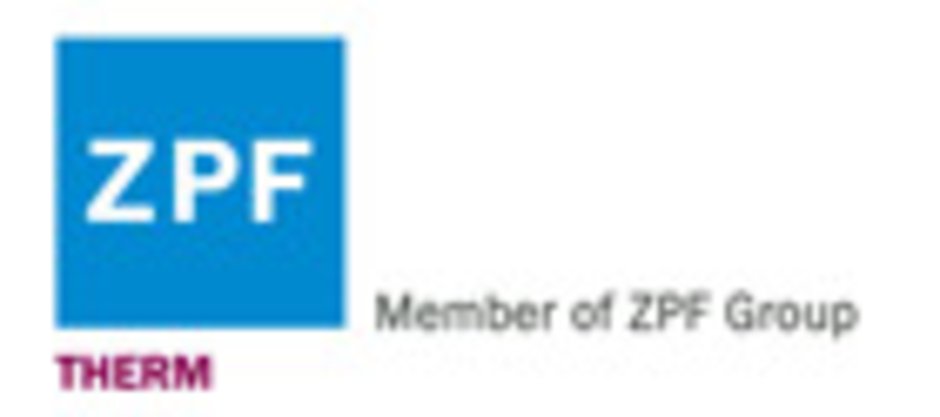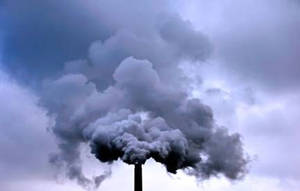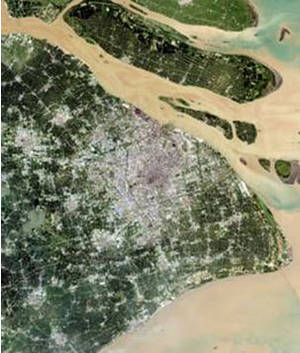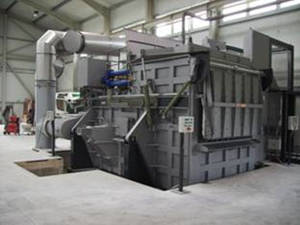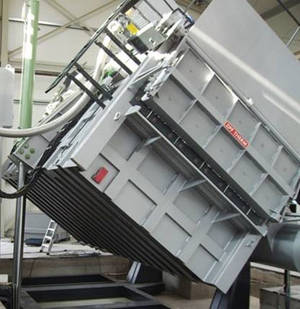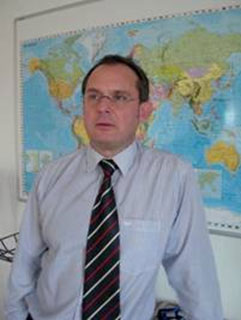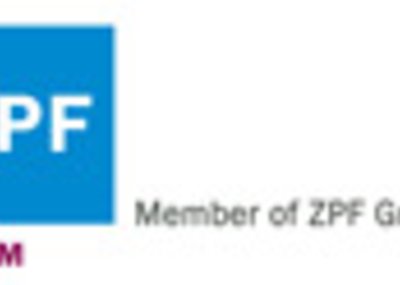Source: www.pixelio.de |
Source: Manuel Schuster, www.pixelio.de |
Source: NASA, public domain, www.wikipedia.org |
Source: ZPF therm GmbH |
Source: ZPF therm GmbH |
Source: ZPF therm GmbH |
China is on the brink of an industrial revolution: the emissions of CO2 are planned to be reduced by 45% until 2020 and the consumption of energy is supposed to decrease in all sectors. "The twelfth five-year plan is the first one to stress the question of environmental protection" says Professor Hu Angang from the University of Tsinghua. The introduction of the new rules increases the pressure - above all on those branches of industry which are energy and emission-intensive, like the aluminium industry. In many places plants have to be equipped with expensive filters in order to avoid severe sanctions. In the economic region of Shanghai first foundries take a step forward and invest in modern furnaces, which satisfy even the strictest regulations without any filters at all and, at the same time, save material and energy. The melting furnaces are a product of ZPF therm from Germany - the country whose emission directives served as one of the models for the new legislation.
The penalties for companies that miss the targets of the Green Development are getting harsher. That is what the economist and former vice-chairman of the Permanent Committee of the National People's Congress, Cheng Siwei, explained at the "Summer Davos" meeting in Tianjin in September 2010: "Factories which do not meet the requirements of energy efficiency will be shut down and their bosses will be punished." The reduction of energy consumption and thus of CO2-emmissions is a stated aim of the new five-year plan. Until 2020 the CO2-production is supposed to decrease by 40 to 45 percent with reference to the gross domestic product, as stated the government in late 2009. The problem of water, air and soil pollution shall be approached and the change of climate is meant to be combated. To that end new limits for nitric oxides and ammoniacal nitrogen will presumably be introduced. Other nations' regulations serve as reference points for that purpose, among others the particularly strict Technical Instructions on Air Quality Control (TA Luft) from Germany.
Foundries are facing high costs for complex filtering techniques
For the industry, these prescriptions involve huge adjustments. One of the most affected branches is the Chinese aluminium industry, which is strong-selling and produces - among other things - components for automotive and motorcycle manufacturers from all over the world. In the region of Shanghai alone, in which roughly 70 percent of the foundries are seated, about 500.000 tons of aluminium are melted every year. During that process both gaseous pollutants as well as solid particles emerge, which have to be removed from the emissions according to the new regulations. Interceptors and filters are not sufficient, additional condensers, adsorption and absorption systems are necessary. The acquisition costs of an appropriate facility for a single melting furnace as generally used here range from 70.000 to 140.000 US dollars. In addition to that high operating and maintenance costs arise.
Furthermore, many of the existing furnaces don't work nearly as efficiently concerning energy and raw materials as the standards request, which are designed for sustainability. The furnaces are hardly insulated and thus lose a large part of the heat which is meant for melting to the surroundings. The consequences are a heightened need of energy and therefore an increase of CO2 emissions. Occasionally the furnaces are even open, which makes the aluminium partly burn. The loss of material can amount to ten percent of the applied quantity. At a rate of about 2.200 US dollars per ton and a melting quantity of 50 tons per day this equals 11.000 dollars a day.
German furnaces fulfil the requirements even without filtering techniques
Against the background of these costs and of the legal pressure first foundries have now decided to solve the question of efficiency and the waste gas problems in the long run, by investing in modern, eco-friendly facilities. By now, four companies in Shanghai have introduced furnaces by the German manufacturer ZPF therm who has dealt with green technologies for the past fifteen years. The furnaces which were designed for the ideal use of raw materials, low energy consumption and the protection of the environment are now coming onto the market under the slogan "EfficientTechnologies". "The furnaces are designed in a fashion which fulfils the emission requirements of the TA Luft without any filters at all - and thus also satisfy the Chinese regulations", explains Holger Schwarz, sales manager Asia/Pacific at ZPF therm's.
To that end a special conduction of flue gas has been developed: it ensures that the developing smoke cannot escape immediately through the chimney, but is kept in the combustion chamber three times longer than in conventional furnaces. The pollutants contained in the used air are virtually re-burnt in the heat present there, without specifically spending energy on that. When leaving the furnace the content of fine particles in the smoke amounts to less than three milligrams per cubic meter of air, the share of nitrogen oxides comes to a bit more than eleven milligrams and hydrogen fluoride only amounts to 0.4 milligrams.
Sustainable protection of the environment is cost-effective in the long term
At the same time, the furnaces save combustibles and material this way. Thus, for instance, the basin which keeps the material warm does not need a burner of its own, as it is heated by the flue gases of 700 to 800 degrees Celsius. At the same time, a slight overpressure is generated which prevents oxygen from entering and thus reduces the loss of aluminium, caused by burn-off, to a number between 0.5 and 0.8 percent. Furthermore, the special facilities are equipped with an insulating shell made of special concrete. That shell keeps the temperature within constant at 1000 to 1100 degrees Celsius, depending on the alloy, and reduces the radiation of heat to the outside to only 40 to 60 degrees above the room temperature. As a result of this insulation less heating energy has to be procured, which has a positive effect on the consumption of combustibles as well as the emissions of CO2. Further, a specially developed control system regulates the burners as well as the supply of cool air, according to the current demand.
Twelve furnaces by ZPF therm are already in use in the wider area of Shanghai. The prospect of using less energy permanently, of reducing the running costs and of meeting the new legal conditions makes the furnaces very interesting for the whole aluminium industry - despite the necessary initial investment. As with most investments in eco-friendly techniques the expenses are put into perspective by the cost-saving opportunities in the long run. According to that, the expert on economy, Cheng Siwei explained as a reply to the question, whether the latest trend would threaten the profit of companies that for a short time companies may lose money during the adjustment to a sustainable business model, however, in the long run it is cost-effective.
Meanwhile the ZPF Group has increased its market presence in Asia with a subsidiary in Taicang near Shanghai. In the future, the new company, ZPF Industrial Furnaces Co. Ltd, is supposed to produce the power-saving installations for foundries in Southeast Asia that are built the same way as the ZPF Therm furnaces developed and produced in Siegelsbach. At the beginning of the year 2011, the company group had already opened a representative office in Shanghai.
See you at ![]() GIFA
GIFA
Hall 10 Booth E 58
| ZPF Therm Maschinenfabrik GmbH is a leading manufacturer in melting furnaces, for further information and contact details click here: ZPF Therm Maschinenfabrik GmbH |

